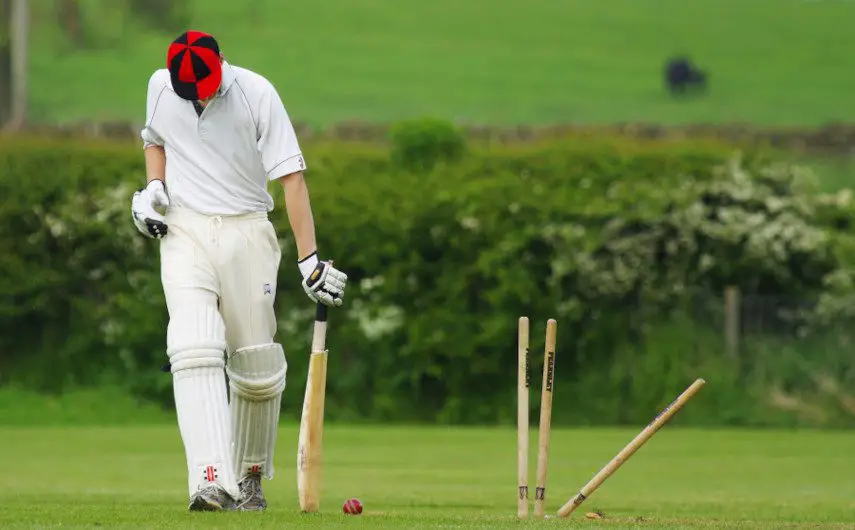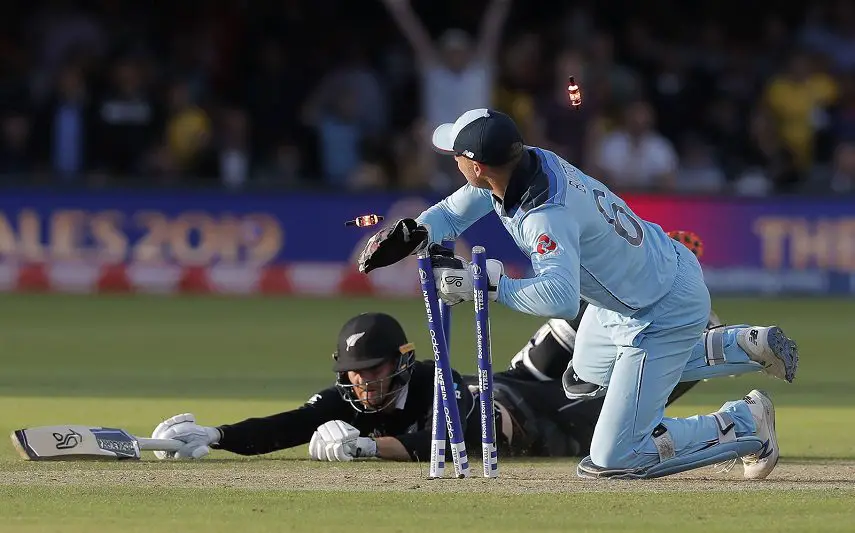Table of Contents
The cricket field and pitch are two very different parts of the cricket ground. In order to avoid confusion, the field and the pitch carry very specific definitions and their dimensions are also clearly defined.
In the following article, we will take a closer look at the different parts of the cricket ground, including the field and the pitch, and their respective functions in the course of a cricket match.
Parts of the Cricket Ground
The term ‘pitch’ relates to the small cut strip on which the stumps and creases are marked. The ‘field’, is the wider area of play within the boundary. There may be terms used for other areas but the pitch and the field are clearly defined and both play an important role in the laws of the game.
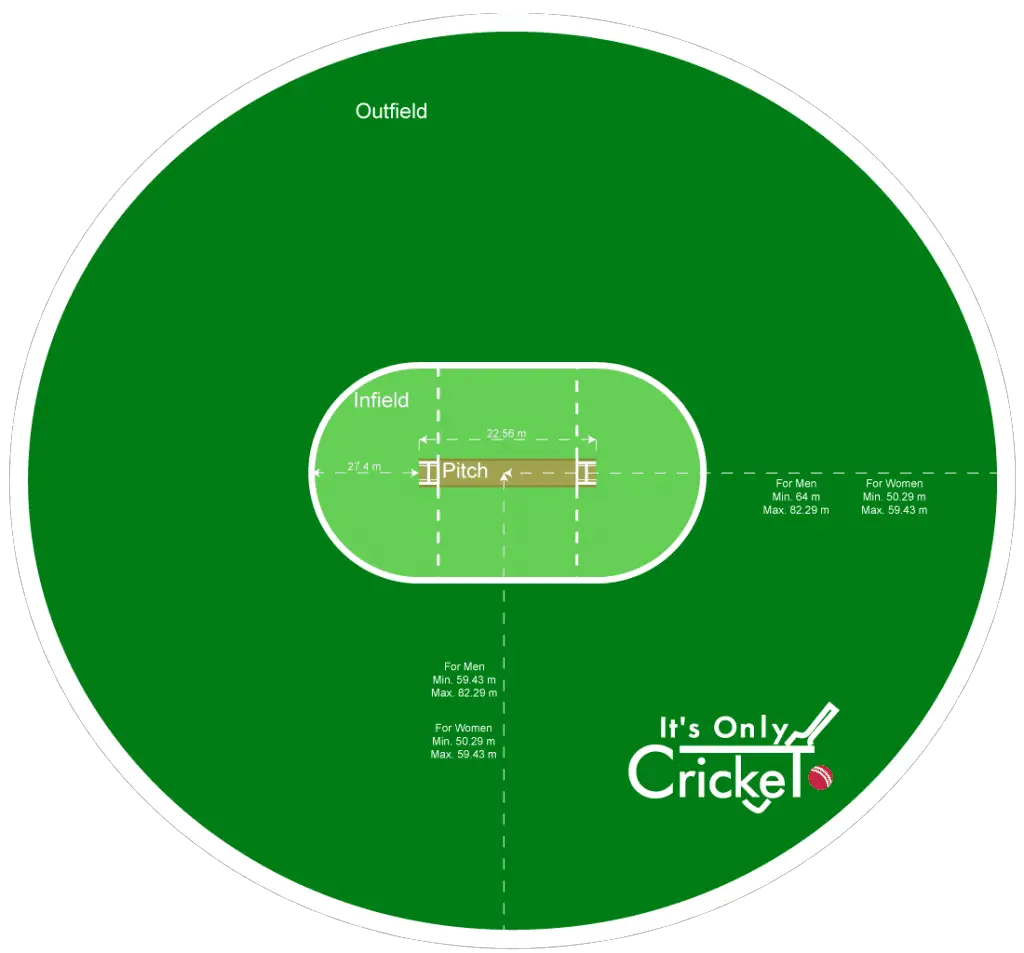
The Cricket Field
Structure and Dimensions of the Field
The field is the area outside of the pitch within the boundary, generally of an oval shape (but not always). It is often divided into smaller units such as the outfield and infield, and even close-infield. Generally, the grass will be a little longer than that of the pitch. There are no specific dimensions required by the laws of the game so the exact circumference of the field will differ from ground to ground.
In general, the diameter of the field will vary between 450 feet and 500 feet (137 metres and 150 metres). The minimum and maximum values are defined by the ICC Standard Playing Conditions regulation.
On its perimeter, a boundary will be clearly marked. There are no laws in terms of the structure of the boundary other than it must be clearly defined, so we may see a rope, markers, a white line, flags or possibly a fence.
Players on the Field
Excluding the bowler, all of the fielding team must be on the field and not on the pitch when the ball is delivered.
The aim of the batsman is to strike the ball into the field, away from the fielders, and to score runs. A ball that is struck outside of the field and beyond the boundary markers will be declared as a four or a six depending on whether or not it has bounced.
It is the job of the fielding side’s captain to place his or her team in strategic positions around the field. The wicket keeper will be placed directly behind the stumps at the striker’s batting end so that leaves nine fielding positions to be occupied.
In test match and first class cricket, it’s common to have slip fielders and a gully who stand in an arc around the wicket keeper. In limited overs matches, slips are less common and the fielders are placed deeper into the field.
The Cricket Pitch
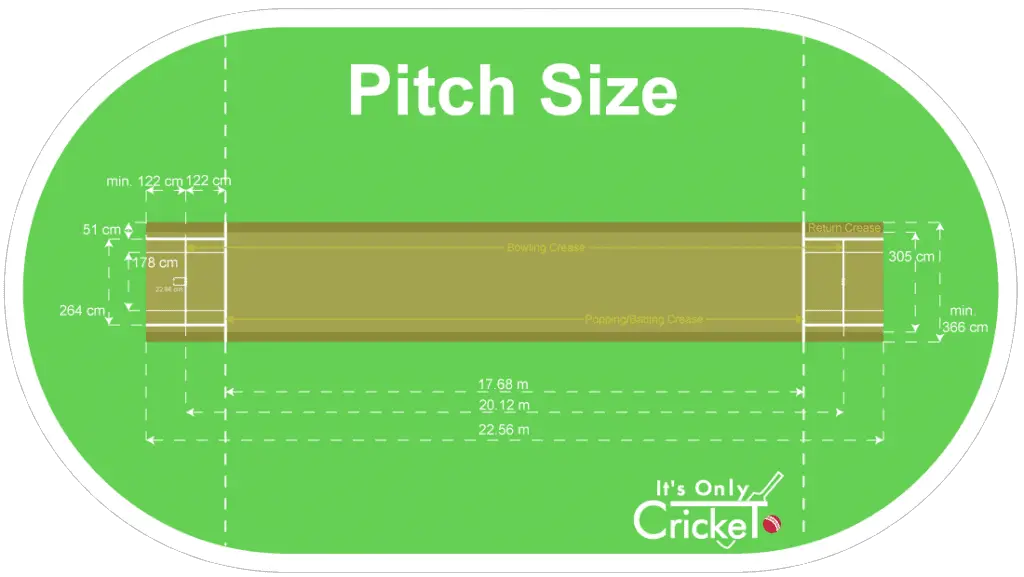
Structure and Dimensions of the Pitch
With the stumps and creases marked at either end of the pitch, this rectangular area is where the batsman takes their stance and the bowler delivers the ball. The essential action of cricket matches therefore takes place within the area defined as the ‘pitch’.
The dimensions of the cricket pitch have been uniform for a number of years and this is one law of the game which hasn’t been subjected to change.
Those dimensions require a pitch to be 22 yards in length and ten feet in width. Metrically, this converts to 20.12 metres long and 3.05 metres wide.
The pitch area is clearly distinguishable from the rest of the field for two reasons. Firstly, there are those white lines on the pitch that are called creases, and two sets of stumps will be placed at either end. The creases are called bowling crease, popping crease and return crease, and they are there to demarcate the area in which bowlers and batsmen play.
Secondly, the grass on the pitch is cut shorter than the remainder of the field so it is clearly visible and lighter in colour. There are several types of pitches which are distinguished based on their conditions, and each offers advantages either to the bowling or the batting side.
Players on the Pitch
Generally, when you play cricket, you are mostly playing on the pitch. At one end of the pitch, the batsman will take their stance in front of the stumps. Meanwhile, at the bowler’s end, the bowler runs in to deliver the ball. A legitimate over consists of six deliveries and, at the conclusion of that over, the game changes ends. The non-striking batsman will now receive the deliveries and a change of bowler is required.
While the overs progress, the umpire will stand behind the stumps at the bowler’s end in order to adjudicate on any decisions.
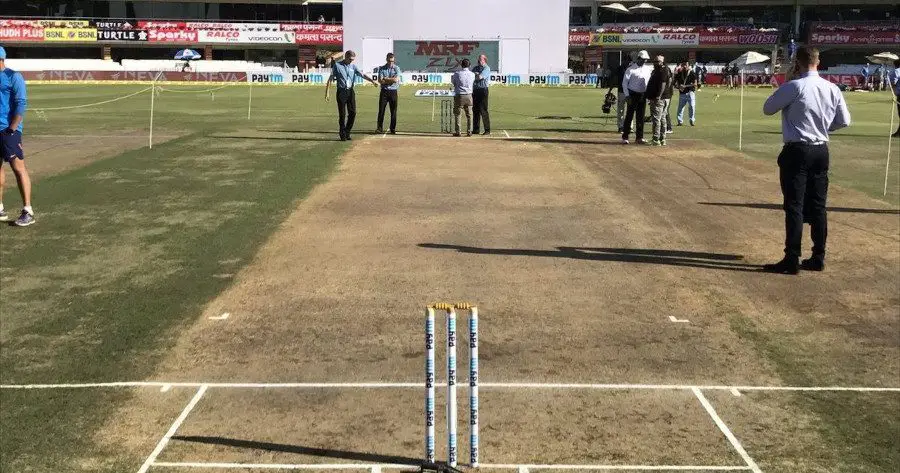
The Square
There is one additional section of the cricket area which is referred to as the ‘square’. This is the area immediately outside of the pitch where previous matches have been played. Pitches can be marked on any part of the square and will lay dormant, ready for future use.
Beyond the square, we have the outfield which extends to the boundaries. The terms ‘square’ and ‘outfield’ are commonly used but they have no direct bearing on the laws of the game. Because the square contains pitches that have previously been used in a match, the grass is shorter and the ball tends to travel faster across it.
Can the Dimensions of a Cricket Pitch be Altered?
The dimensions of a cricket ground can be altered for any game. The playing area isn’t fixed, and it’s up to the ground and the ground staff to decide where the boundary line will be placed.
There are a number of factors to take into account: In club cricket where there has been rain around and the outfield is damp, the boundary line may be made shorter to encourage more runs.
The field will also vary depending on the format of the match. In limited overs cricket, particularly T20, the crowd wants to see lots of runs, with batsmen hitting 6s and 4s. For these games, the boundary is almost certain to be much shorter.
Test matches and first class cricket will tend to showcase longer boundaries. This form of the game should be a more balanced contest between bat and ball, and having a larger playing area is all part of maintaining that balance.
Conclusion
Like all sports, cricket has its own terminology and it’s very important to understand that the pitch and the field are two entirely different entities (not to mention the cricket ground). Essentially, the main action takes place on the pitch with the bowler and batsman in direct competition while the remainder of the fielding side are waiting for the ball to enter the wider ‘field’. Let’s not forget about the two informal sides of the field that are the off and leg sides.
The dimensions of the pitch are fixed and they must be adhered to for every game of cricket. All formats are expected to comply so those dimensions are set for test and first class cricket, one day cricket and T20 cricket.
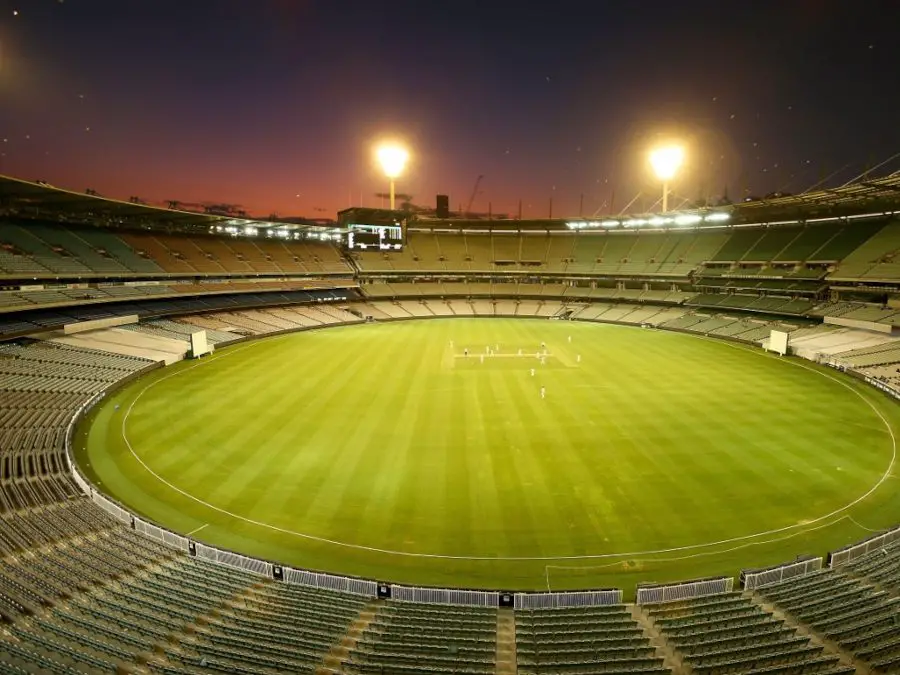
It is the job of the groundsmen to ensure that the dimensions are correct. Before the start of the game, both umpires will walk to the pitch to make sure that the proportions are exact and that it has been correctly marked out.
In contrast, the field does not have a requirement for exact proportions and this makes cricket different to sports such as tennis and baseball.
The dimensions and proportions of the cricket field are quite significant even in terms of making comparisons between cricket grounds according to their straight or square boundaries.

